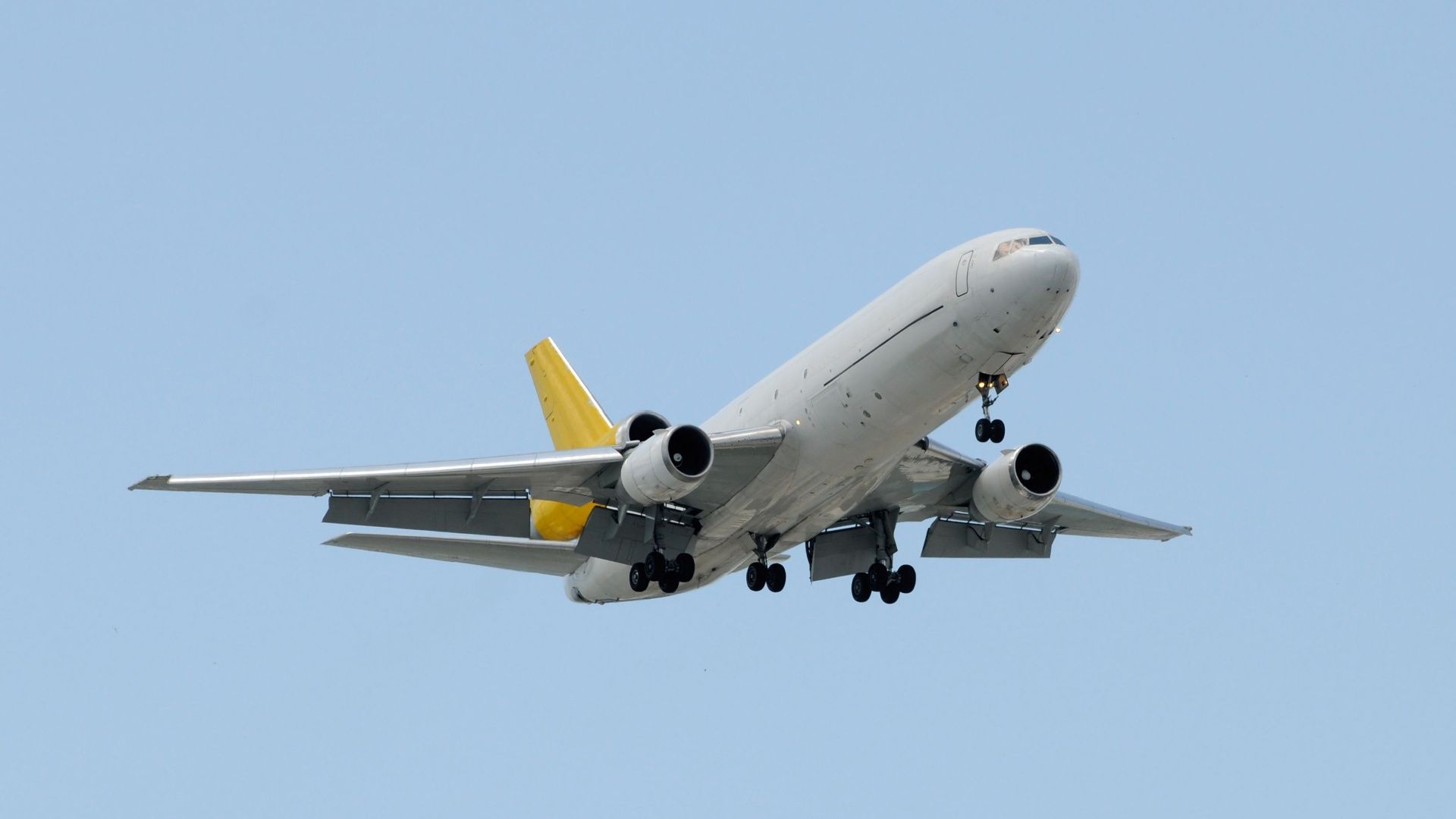The Federal Aviation Administration (FAA) has expanded its emergency airworthiness directive to include the Douglas DC-10 following serious concerns about engine pylon integrity. This action comes in the wake of the tragic accident involving UPS Airlines Flight 2976, which crashed shortly after takeoff from Louisville, resulting in the loss of three crew members and multiple fatalities on the ground.
The FAA’s decision to extend the directive to the DC-10 reflects findings that both aircraft share similar design features in their engine pylon structures, potentially exposing the older model to the same risks experienced by the MD-11 freighter. The regulatory body is now requiring immediate inspections of DC-10s, which could lead to grounding and significant disruptions for operators.
Background on the Incident
The initial incident that prompted the FAA’s actions was the crash of UPS Airlines Flight 2976, an MD-11F that lost its engine and pylon shortly after departing from Louisville on March 15, 2024. Following this accident, Boeing urged operators of the MD-11 freighter to suspend flights pending a thorough engineering analysis of the engine pylons. Investigations revealed that the left-hand engine’s failure led to the catastrophic separation of the engine and pylon from the wing.
As concerns grew, the FAA issued an emergency airworthiness directive grounding MD-11s until inspections could be completed. The directive was later expanded to include the DC-10, as assessments indicated that similar structural risks existed across both aircraft types.
Impact on Operators and the Cargo Industry
The expanded directive poses significant operational challenges for the limited number of cargo carriers still utilizing the DC-10 and MD-11 fleets. Aircraft will be prohibited from flying until they undergo thorough inspections and any necessary repairs are completed in accordance with FAA-approved procedures. This situation is expected to disrupt schedules and force operators to reroute freight to alternative aircraft, potentially incurring contractual penalties if they cannot quickly adjust to the new circumstances.
Maintenance teams are now faced with the urgent need to mobilize experienced engineers and secure specialized tooling and spare parts. This demand may strain existing resources, as facilities were likely already managing their workloads. Furthermore, the scrutiny from insurance providers and aircraft lessors is anticipated to increase, prompting some operators to consider accelerating retirement plans for aging aircraft rather than investing in compliance measures for models nearing the end of their economic viability.
The immediate ramifications of this directive will tighten capacity in the widebody freighter market and elevate operational costs. Long-term, it may expedite the departure of classic tri-jets from active cargo service, reshaping the future landscape of air freight.
The FAA’s proactive stance stems from a concern regarding “common cause” issues, as investigations indicated that the catastrophic failure seen in the UPS incident could potentially affect the DC-10 fleet. By issuing emergency directives, the FAA aims to prevent any further incidents that could compromise the safety of air travel.
In conclusion, the FAA’s decision to ground affected aircraft underscores the importance of prioritizing safety in aviation, particularly following incidents that raise serious concerns about structural integrity. As the investigation into the root causes continues, the focus remains on ensuring the safety of all operations involving both the MD-11 and DC-10 aircraft.







